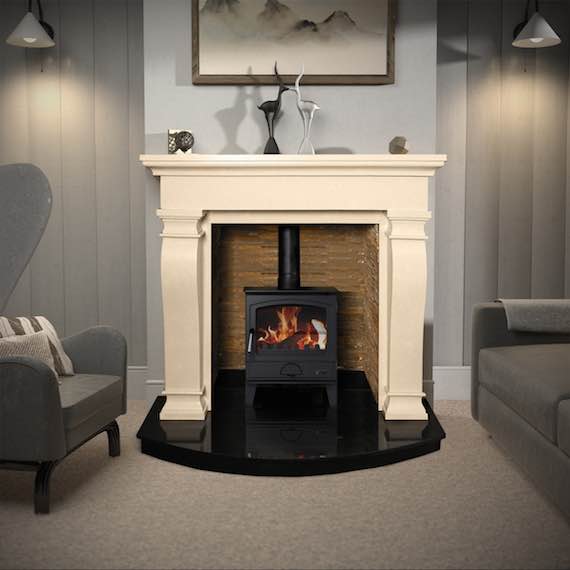No wood-burning stove installation is complete with a trusty tube of high temperature silicone sealant.
For obvious reasons, you will want to make sure that the stove and flue is correctly sealed before starting to use it. Any gases and smoke produced by your woodburner need to be burnt in the firebox when flammable, then make their way up your flue pipe.
To avoid smoke seeping into your room, you don’t want any gaps through the components of your stove system where it might get out. Equally, to avoid causing damage to your stove and get the most value from the fuel you burn, you do not want air to be able to get into your stove through such gaps and cause the appliance to operate at too high a temperature. Continue reading





